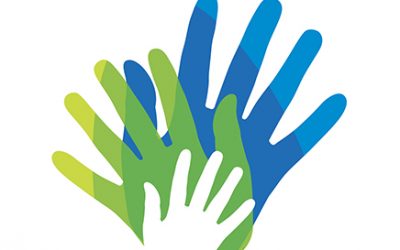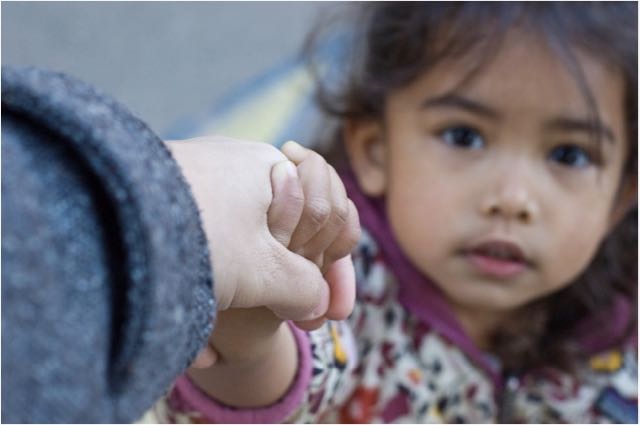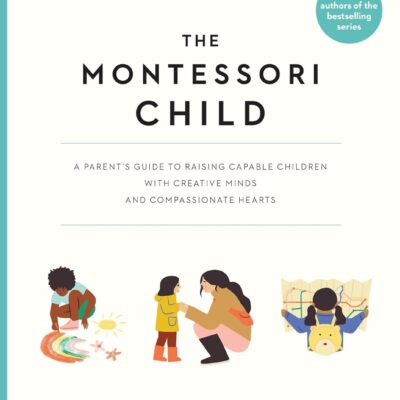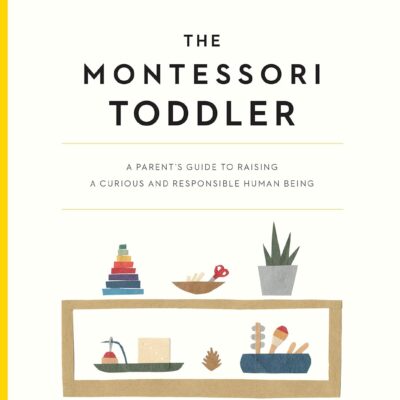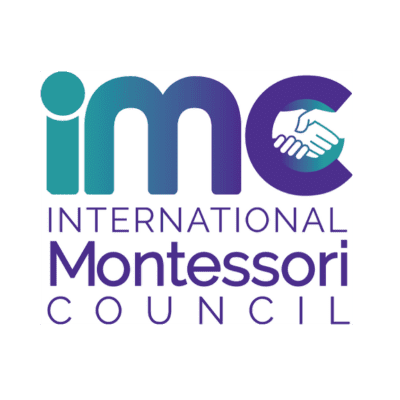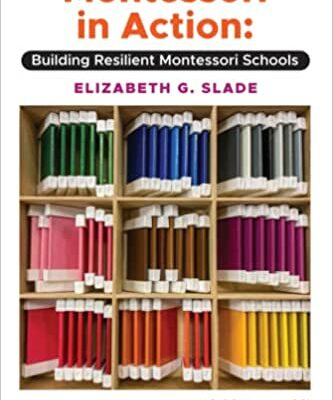Related Posts
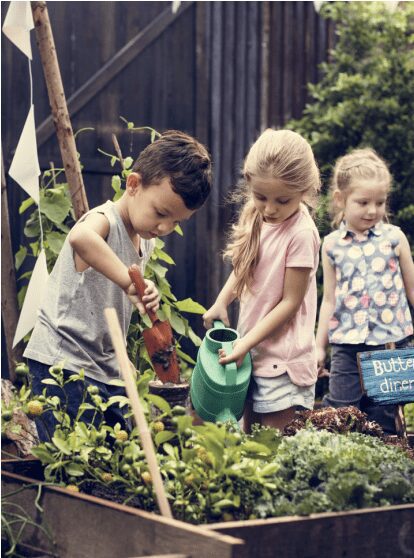
1. The Montessori Guides: Montessori guides develop an uncanny ability to connect with each student. They are problem solvers, coaches, and guides. They do so much more the just present lessons.
2. The Three-Year Cycle: The three-year cycle strengthens connection and understanding among students and guides, as well as allowing each student to have an opportunity to learn from others and help others.
3. The Montessori Materials: The beautiful materials encourage self-guided learning as well as using a variety of senses to teach information.
4. The Montessori Lessons: Each lesson is a small step to new information, helping students find success as they are learning and building a strong foundation.
5. Opportunities for Independence: Independence is not something that should happen all at once for humans. All Montessori levels provide safe opportunities to practice independence.
6. Going Out: Opportunities to plan a trip away from the school are a regular part of Montessori classes from elementary and beyond. Students may buy groceries for a project, arrange for the whole class to have a tour of the local baseball stadium, or figure out transportation for a trip to New York City.
7. Passion Projects: The opportunity to follow your own interests, along with the classroom curriculum, taps into student interest and encourages them to stretch themselves in a subject of their own choosing.
8. Practical Life Skills: From pouring to sewing and baking, Practical Life skills provide a foundation for and enrich the more academic areas of the classroom. As we saw during times of shutdown, Practical Life skills came in handy and also brought some calm and peace to an uncomfortable situation.
9. Sensory Education: Development of the senses, color, size, smell, taste, and the vocabulary around those skills, develops pre-math and reading skills.
10. Geometry: Introduction to geometric concepts begins as early as three in the Sensorial work, and lessons continue to be presented in all of elementary, when students are interested and open to skills often not presented until high school.
11. Building on Strengths: All humans have areas and strength and areas of weakness, but if we only focus on developing the areas of weakness, that development is no fun. Montessori guides encourage movement in areas of strength as well as development in areas of weakness.
12. Connection: Working with students and guides for a three-year cycle presents opportunities to make real, sustained connections with close-in-age friends and adults.
13. Fun: Lessons, when presented with a hands-on approach often feel more like play than learning. Of course, since play is learning, we can just enjoy both.
14. Taking Turns: Montessori classrooms often have a “class set” of a material. If a friend is using what you want, you wait until it is available. Daily practice with taking turns and sharing makes two important skills easier to learn.
15. Socialization: Montessori classrooms are often small, and students are working individually or in small groups. At the same time, they are taking turns, looking out for others, sharing their excitement, asking a friend not to interrupt them, and regularly practicing daily social skills they will use for the rest of their lives.
16. Interrupting Respectfully: With a classroom of individual lessons and individual work happening, learning how to interrupt respectfully is necessary for the class. This lesson may be a favorite of parents when young children share it at home.
17. Art Appreciation: Young children are drawn to art, so sharing images, artists, techniques, and vocabulary from a young age engages them and builds a foundation in something that they can enjoy for the rest of their lives.
18. Confidence with Numbers and Math: Many adults share that they, “Are just not good at math,” yet, Dr. Montessori observed that humans were born with a mathematical mind. Lessons in Sensorial, numbers, and learning math with objects first helps develop a comfort with, and sometimes even a love of, math. lesson cycle begins with taking the work from the shelf and ends with returning it to the shelf.
19. Grammar: Learning grammar with activities involving movement is fun, and the knowledge helps strengthen later reading and writing skills.
20. Phonics: Teaching letter sounds to develop reading skills has been a benefit for Montessori students for over one hundred years.
21. Speaking Skills: From early elementary, students share work they have done and demonstrate skills they have learned to their classmates as well as their guides. This development of public speaking skills helps Montessori students feel secure sharing their knowledge and ideas.
22. Brain Development: It turns out that Dr. Montessori’s observations over 100 years ago, continue to be supported by neuroscience research. Movement, moving between more difficult and easier skills, making choices, and developing skills with smaller steps have all been shown to benefit learning.
23. Ability to Move: Being able to move allows children autonomy over their own body and helps them learn to balance their needs with the needs of others.
24. Cooking Opportunities: Measuring, using fractions, stirring, pouring, all of these Practical Life and math activities are used when cooking. In many Montessori schools, even toddlers make bread and high school students may create gourmet meals.
25. Friends: We often assume that a large group of same-age and same-gender students are necessary to create friendships, yet most Montessori classrooms have examples of longtime, deep friendships with a variety of friends of different ages and genders.
26. Group-Work Opportunities: As adults, we often work in groups. Montessori classrooms help students develop this skill by creating a variety of ways they can work together, without worrying about a grade at the end of the project.
27. Educating the Whole Person: Montessori guides try to connect students to work through skills and interests they already have. If you are a soccer player, you won’t get to just play soccer, but you may be invited to reading biographies of soccer players, connected to geography through soccer teams, or introduced to averages through soccer statistics.
28. Individualization: Students are encouraged to follow their own interests and work at their own pace. Not needing to be the same as the rest of the class in every lesson encourages self-confidence and acceptance of differences.
29. Community: With a three-year cycle, changes in the people of the classroom happen each year, yet the class is not starting from scratch each year. When students are encouraged to be role models and support their peers, community becomes an important part of the class.
30. Global Citizenship: Each cycle of Montessori education takes an appropriate cosmic view, looking for the similarities and admiring the differences in people, animals, locations, housing, and families around the world and in our own school.


